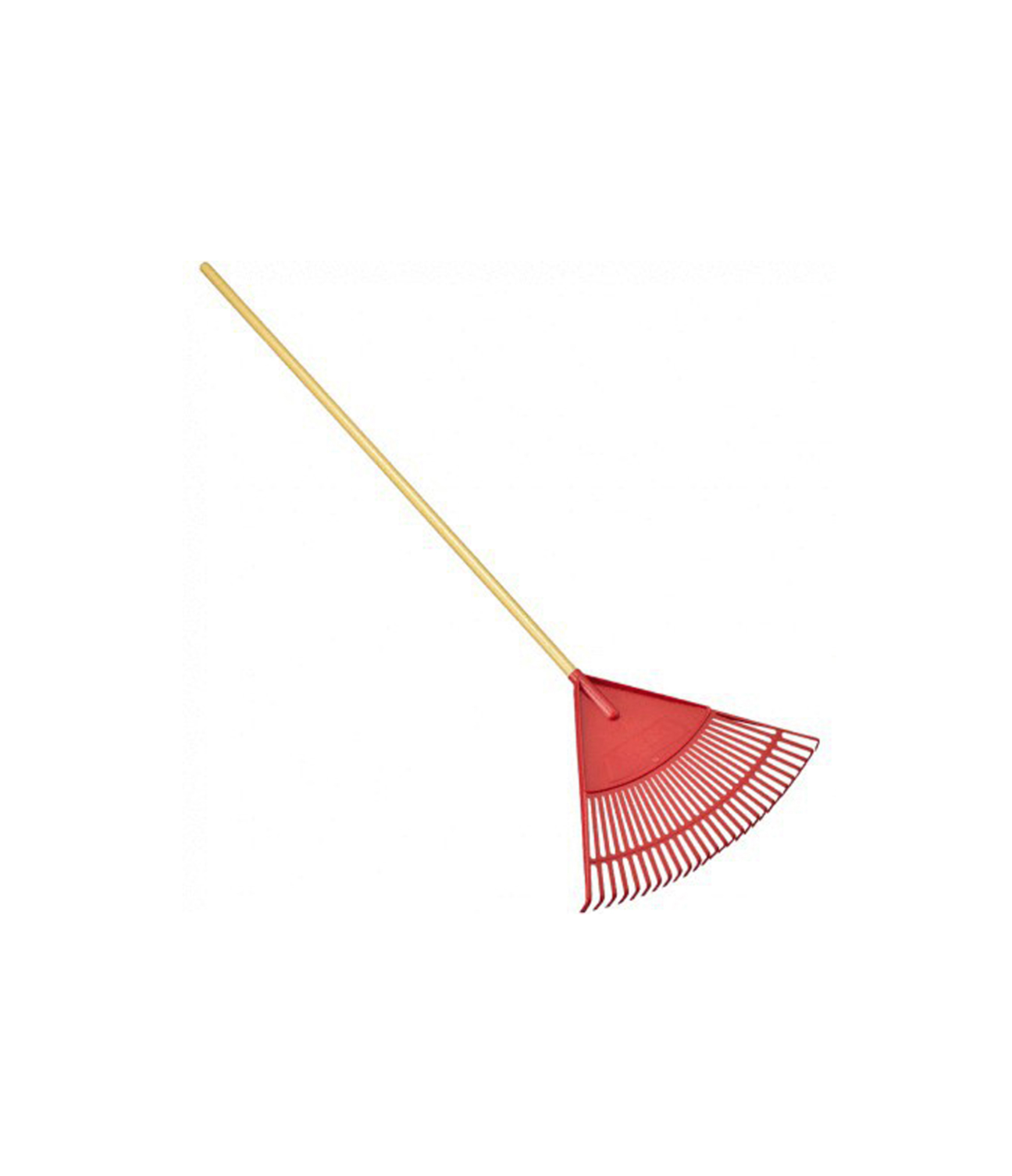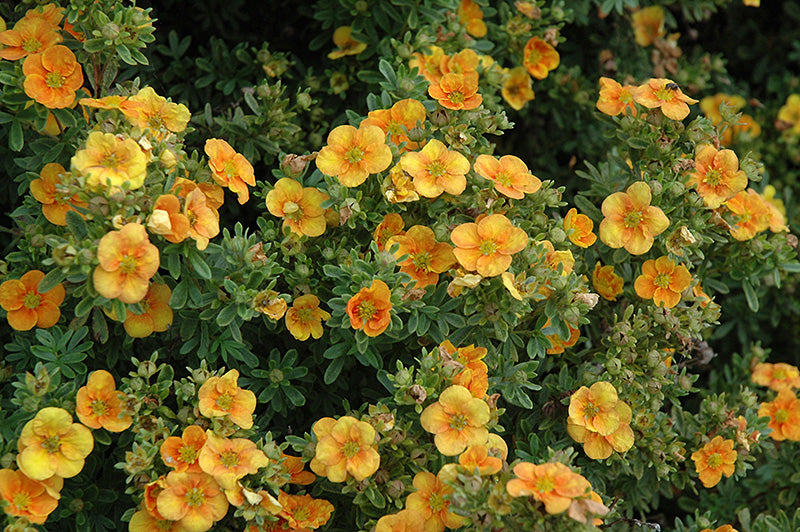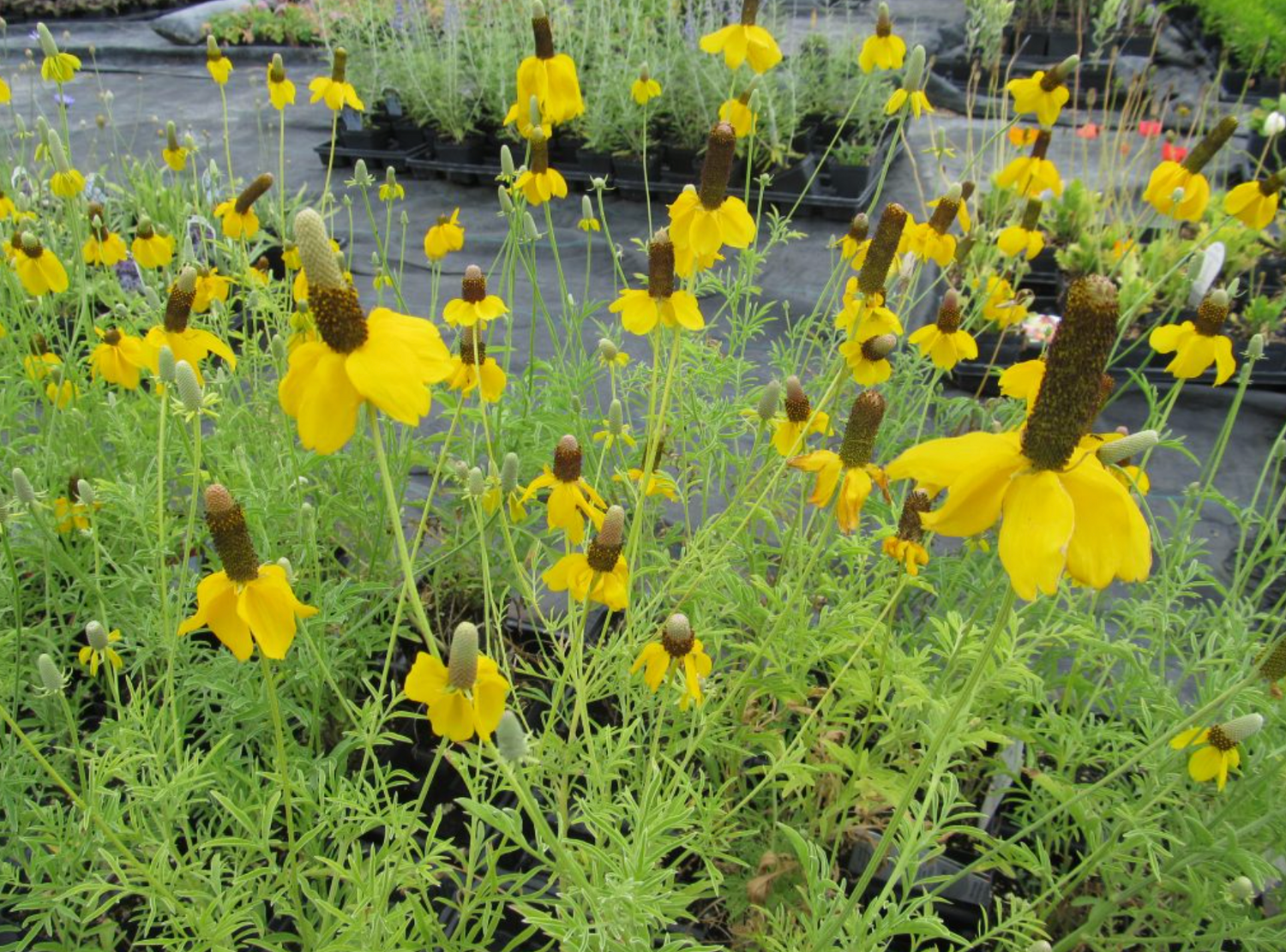1186 products
1186 products
Sort by:
Products
During its flowering season, this tall and spreading shrub stands out as one of the most dazzling additions to any garden. Adorned with a profusion of double pink flowers, it transforms into a consistently ethereal spectacle in early spring. This shrub does not produce fruit but serves as a splendid choice for showcasing in a garden or as a stand-alone specimen. It thrives best in full sunlight and well-drained soil conditions.
Light Requirement: Full Sun to Partial Shade
Mature Size:
- Height: 6' - 8'
- Width: 6' - 8'
Zone: 2
Photos courtesy of Jeffries Nursery
Celebrate the season of blooms and all its beauty with the Pomegranate Petal Soap bar by SOAK Bath Co. This handcrafted soap bar is shaped like a delicate flower and carries a vibrant and juicy pomegranate scent profile.
The Pomegranate Petal Soap is the perfect gift for Spring and Mother's Day adding a touch of elegance to any bathroom. It's the perfect way to bring a little Spring magic to someone special.
Add a pop of white to the landscape with this double flowered potentilla. Crème Brulee™ showcases bright white blooms on a rounded shrub throughout the entire summer. Its dark green foliage contrasts beautifully with the flowers and its rock-solid performance necessitates little maintenance.
Light Requirement: Full Sun
Mature Size:
- Height: 3' - 4'
- Width: 2 - 3'
Zone: 2
Photos courtesy of First Editions
Easily grown in average, medium moisture, well-drained soils in full sun. Prefers evenly moist soils. Best flowering occurs in full sun, but plants tolerate part shade. Established plants grow well in a wide range of conditions and have good drought tolerance. Plants have excellent winter hardiness and perform best in cool northern summer climates. Dense, spreading shrub with an abundance of golden blooms throughout The summer. The contrasting bloom/foliage makes it an excellent foundation and border shrub. Pruning should take place early spring before they leaf out.
Light Requirement: Full Sun
Mature Size:
- Height: 2' - 3'
- Width: 2' - 3'
Zone: 2
Photos courtesy of Jeffries Nursery
The prettiest potentilla!
Most people plant potentilla because they just need something tough. And Happy Face Hearts potentilla is that - but it's also pretty enough to feature in your landscape. It's covered in flowers from spring until frost. Each bloom starts out with a cheery yellow center which then feathers into white for an apple blossom-like effect. Bright green foliage is lightly furry, which deters deer and rabbits.
Light Requirement: Partial Sun to Full Sun
Mature Size:
- Height: 2'
- Width: 2'
Zone: 2
Easily grown in average, medium moisture, well-drained soils in full sun. Prefers evenly moist soils. Best flowering occurs in full sun, but plants tolerate part shade. Established plants grow well in a wide range of conditions and have good drought tolerance. Plants have excellent winter hardiness and perform best in cool northern summer climates. Dense, spreading shrub with an abundance of orange bi coloured blooms throughout The summer. The contrasting bloom/foliage makes it an excellent foundation and border shrub. Pruning should take place early spring before they leaf out.
Light Requirement: Full Sun
Mature Size:
- Height: 2' - 3'
- Width: 2' - 3'
Zone: 2
Photos courtesy of Jeffries Nursery
The best of the white flowered Potentillas, this is a tidy compact shrub with large, double white flowers from June until frost over fine textured foliage; hardy, tough and adaptable to all conditions, but dislikes wet soils
Light Requirement: Full Sun
Mature Size:
- Height: 2' - 3'
- Width: 2' - 3'
Zone: 2
Photos courtesy of Jeffries Nursery
This is a low maintenance annual and will bring stunning colors and artful accents to outdoor spaces.
Plant in moisture-retentive soil (beds, borders, bog gardens, along ponds and streams). Water often, prefers moist soil.
Light Requirement: Full Sun to Partial Sun
Mature Size:
- Height: 24 - 36"
- Width: 12 - 24"
*Toxic to Dogs, Cats and Horses. Do Not Ingest and avoid contact with eyes as sap can cause irritation to skin*
Ratibida upright Prairie Cone Flower AKA Mexican Hat has several long-stalked flower heads at the top of the stem. Red and Yellow bi colour flowers have 4 to 12 droopy, wide, bright yellow petals (ray flowers), The cone is up to 1½ inches long and covered with hundreds of tiny brown or purplish disk flowers that bloom from the bottom of the cone up.
Light Requirement: Full Sun
Flowering Season: Summer
Mature Size:
-
Height: 24"
-
Spread: 12"
Zone: 3
Ratibida Yellow upright Prairie Cone Flower has several long-stalked flower heads at the top of the stem. Flowers have 4 to 12 droopy, wide, bright yellow petals (ray flowers), The cone is up to 1½ inches long and covered with hundreds of tiny brown or purplish disk flowers that bloom from the bottom of the cone up.
Light Requirement: Full Sun
Flowering Season: Summer
Mature Size:
-
Height: 24"
-
Spread: 12"
Zone: 3
**Online orders will be charged delivery for 10,15 & 25gal. trees.**
Prairie Horizon Manchurian Alder is a deciduous tree with a strong central leader and an upright spreading habit of growth. Its average texture blends into the landscape, but can be balanced by one or two finer or coarser trees or shrubs for an effective composition.
This is a relatively low maintenance tree, and is best pruned in late winter once the threat of extreme cold has passed. It has no significant negative characteristics.
Light Requirement: Full Sun to Partial Sun
Mature Size:
- Height: 30'
- Width: 23'
Zone: 3
Photos courtesy of Jeffries Nursery & Bellwyck Horticolor
Prayer plants ( Maranta ) are low-growing, spreading plants that thrive best when provided with greenhouse-like conditions, including warm, moist, gentle airflow, and plenty of fertilizer. Plants that are kept too cool or too dry are likely to lose their leaves or suffer from fungal infections that can cause the plant to die from root rot or collapse.



































